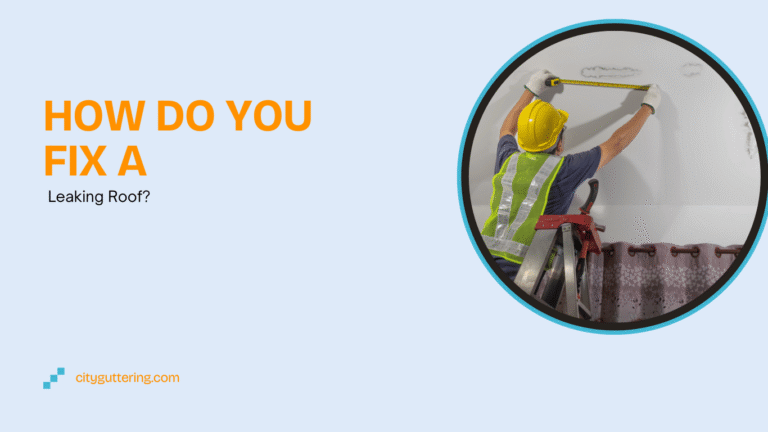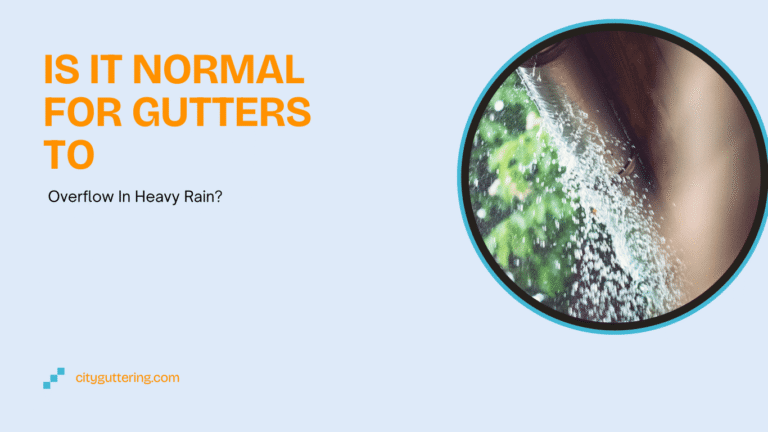Regular cleaning is essential for any property, not just for appearance, but for long-term maintenance. Whether it’s a commercial building or a residential home, grime, mold, and weathering can take a toll on surfaces over time. When it comes to tackling outdoor cleaning jobs, two primary methods stand out: pressure washing and traditional cleaning. Each method offers distinct benefits and challenges depending on the surface, condition, and goals.
Pressure Washing vs Traditional Cleaning Methods
At City Guttering London, we often get questions from clients about the most suitable method for cleaning gutter exteriors, driveways, and facades. Let’s explore how pressure washing compares to traditional cleaning methods and help you understand which may be the better choice for different tasks.
What is Pressure Washing?
Pressure washing involves the use of high-pressure water to clean surfaces. Machines used in pressure washing can produce water pressure ranging from 1,300 to over 4,000 PSI (pounds per square inch). This method is particularly effective for cleaning large exterior surfaces such as:
- Driveways
- Pavements
- Brick walls
- Decks
- Gutters (external surfaces only)
It removes dirt, moss, algae, mildew, and even old paint. It’s considered one of the quickest ways to deal with heavily soiled or neglected surfaces.
What Are Traditional Cleaning Methods?
Traditional cleaning typically refers to manual or hand-cleaning methods. This includes scrubbing with brushes, using soap or biodegradable detergents, and wiping down surfaces with cloths or sponges. These methods rely more on elbow grease than machinery.
They are better suited for:
- Fragile surfaces
- Painted wood
- Ornamental detailing
- Gutter interiors
- Conservatories
- Window frames
Although more time-consuming, traditional cleaning gives more control, which is important when dealing with intricate areas or sensitive materials.

Pros of Pressure Washing
Pressure washing offers several clear advantages when used appropriately:
1. Fast Coverage for Large Areas
It’s incredibly efficient when you’re cleaning long driveways or patios. What might take hours to scrub manually can often be done in under an hour with a pressure washer.
2. Powerful Dirt Removal
Years of built-up grime, oil stains, bird droppings, or algae can be removed quickly without the need for scrubbing.
3. Reduces Physical Effort
Less manual effort is required, making it ideal for older property owners or for covering areas that are hard to reach.
Cons of Pressure Washing
Despite its effectiveness, pressure washing comes with some important caveats:
1. Risk of Surface Damage
Too much pressure on wood, paint, or old brick can cause etching or peeling. Delicate structures might not hold up well under high water pressure.
2. Water Usage
Pressure washers can use up to 20 litres of water per minute. Without proper drainage planning, this can lead to puddling or even localised flooding, especially in dense London neighborhoods.
3. Safety Hazards
Water jets strong enough to strip paint can also be dangerous. There’s a real risk of injury or property damage if used carelessly.

Pros of Traditional Cleaning
For detail-oriented cleaning or sensitive surfaces, traditional methods are often a better fit:
1. Surface Friendly
You have complete control over how much pressure you’re applying, reducing the chance of surface damage.
2. Targeted Cleaning
Perfect for small or awkward areas, such as intricate fascia boards, window corners, and internal guttering.
3. Flexible Cleaning Agents
You can use specific solutions for mould, algae, or rust depending on the surface and severity.
Cons of Traditional Cleaning
Manual methods aren’t always the most efficient option:
1. Time-Intensive
Scrubbing a 10-metre driveway or all the gutters around a multi-story home can be exhausting and slow.
2. Requires More Labour
If you’re doing it yourself, expect to spend hours. If hiring a service, more labour time may increase the cost.
3. Less Effective on Stubborn Stains
Grease, chewing gum, or thick algae may not budge without the added power of water pressure or heat.
Which Method is Better for Gutter Cleaning?
When it comes to gutters, there’s no one-size-fits-all answer. At City Guttering London, we often assess the situation first before recommending a cleaning method.
Exterior Gutter Cleaning
For external gutter walls and facias, pressure washing can be a good choice if the surface is structurally sound. However, if the paint is flaking or the gutters are old, traditional hand cleaning with soft brushes and detergent is safer.
Interior Gutter Cleaning
Pressure washing should never be used inside gutters. The force can damage seams, cause detachment, and drive debris into downspouts, leading to blockages. For interiors, we use traditional tools like scoops, gutter vacuums, and rinse systems.

Safety Considerations for Both Methods
Whether pressure washing or using manual tools, safety should always come first, especially when working at heights.
Pressure Washing Risks:
- Jet injuries
- Electrical shock near wires or outdoor plugs
- Surface cracking
Manual Cleaning Risks:
- Falls from ladders
- Slippery surfaces after soapy rinses
- Exposure to mold or bacteria without gloves/masks
That’s why our team is fully trained and insured for all gutter and property exterior cleaning jobs.
Environmental Impact
Environmental responsibility is becoming more important for London homeowners and businesses alike.
- Pressure Washing can be clean when no chemicals are used, but it often consumes large volumes of water. Runoff can carry debris into storm drains if not controlled.
- Traditional Methods might involve more cleaning products, but biodegradable solutions are widely available and better for soil and plants.
City Guttering London always uses eco-conscious practices, no matter the method.
Cost Comparison
If you’re deciding between DIY or hiring a professional, costs vary depending on the method and job size.
- Pressure Washing: Renting a unit costs between £40–£100/day. For smaller jobs, this may not be economical.
- Manual Cleaning Tools: Brushes, buckets, and cleaners cost less upfront, but take longer to deliver results.
Hiring a professional ensures you’re not wasting time or money on tools you may use only once or twice a year.

Final Thoughts: Which Method is Right for You?
Here’s a quick recap to help guide your decision:
- Use pressure washing for strong, flat, and dirt-heavy surfaces like concrete or brick.
- Choose traditional cleaning for fragile, decorative, or older surfaces.
- For gutter interiors, always stick to hand-cleaning or vacuum systems.
If in doubt, ask an expert. At City Guttering London, we assess each property individually and recommend the safest and most effective method. so you don’t have to take the risk yourself.





